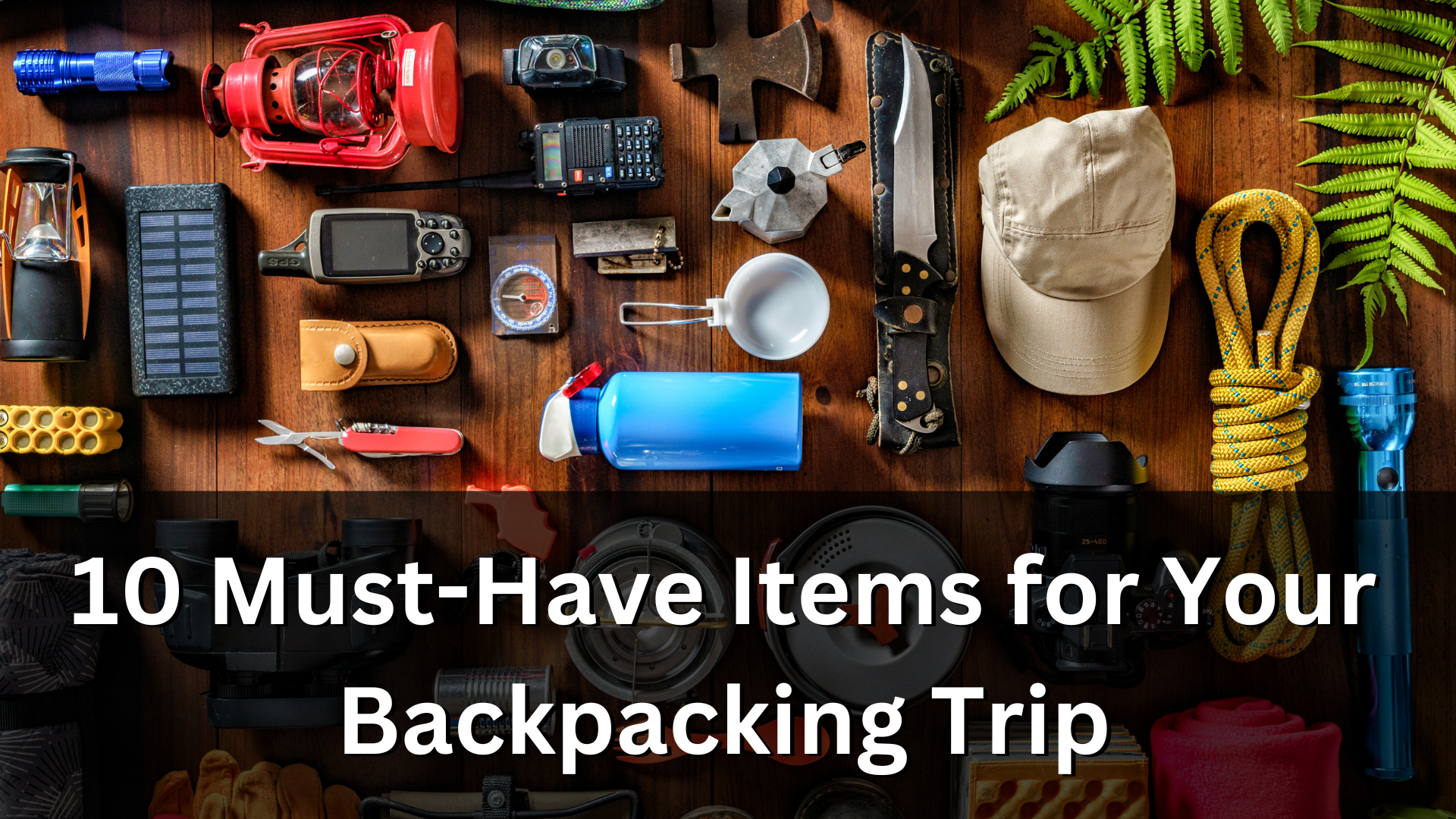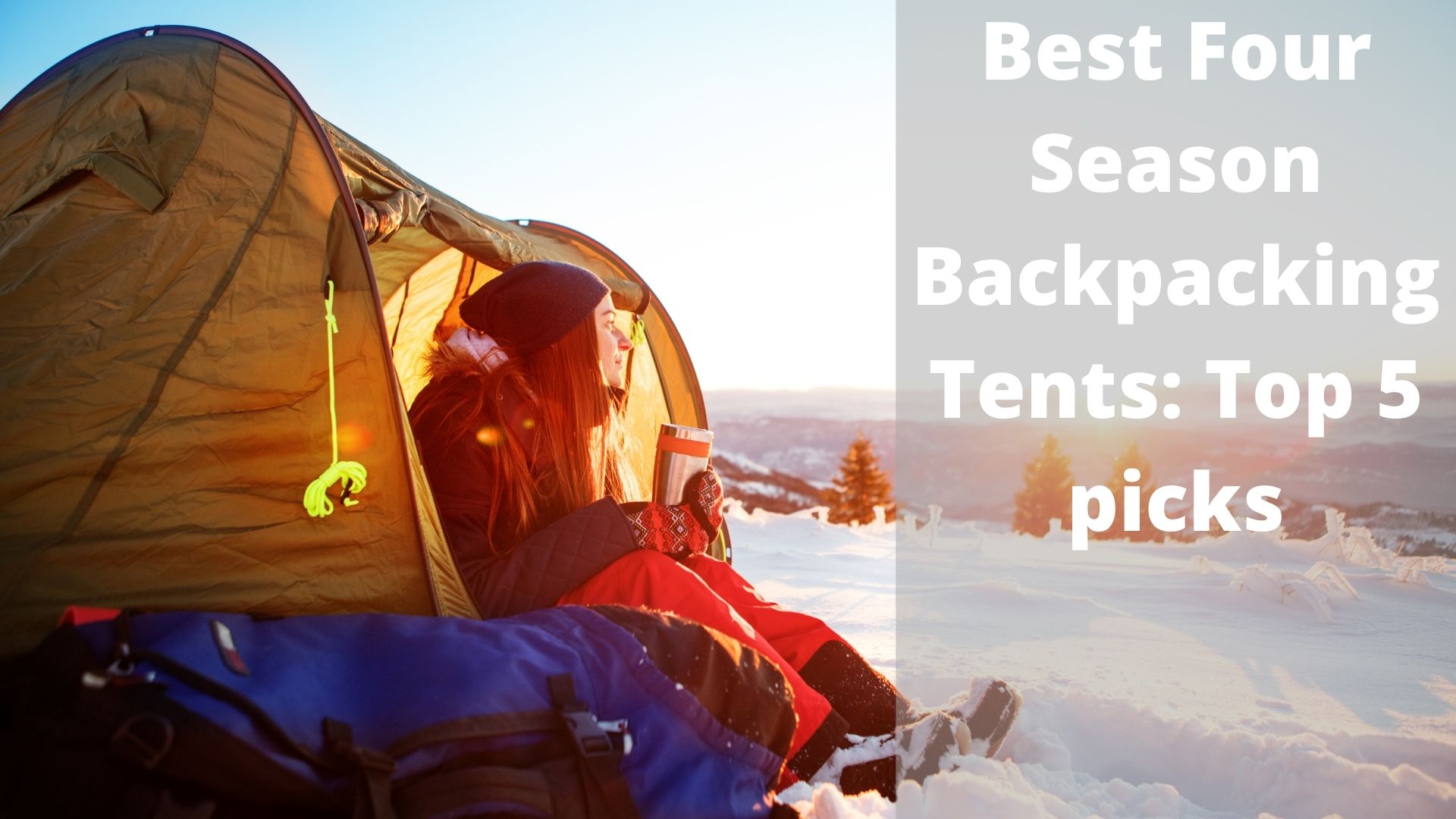Introduction
Backpacking is an exhilarating way to explore the world, offering freedom, adventure, and a deep connection with nature. However, the key to a successful trip lies in what you pack. The right gear can make the difference between a memorable adventure and a challenging ordeal. In this guide, we’ll cover the 10 must-have items for your backpacking trip, ensuring you’re prepared for any situation that comes your way.
Also Check out: 6 Powerful Tips on How to Train For Backpacking
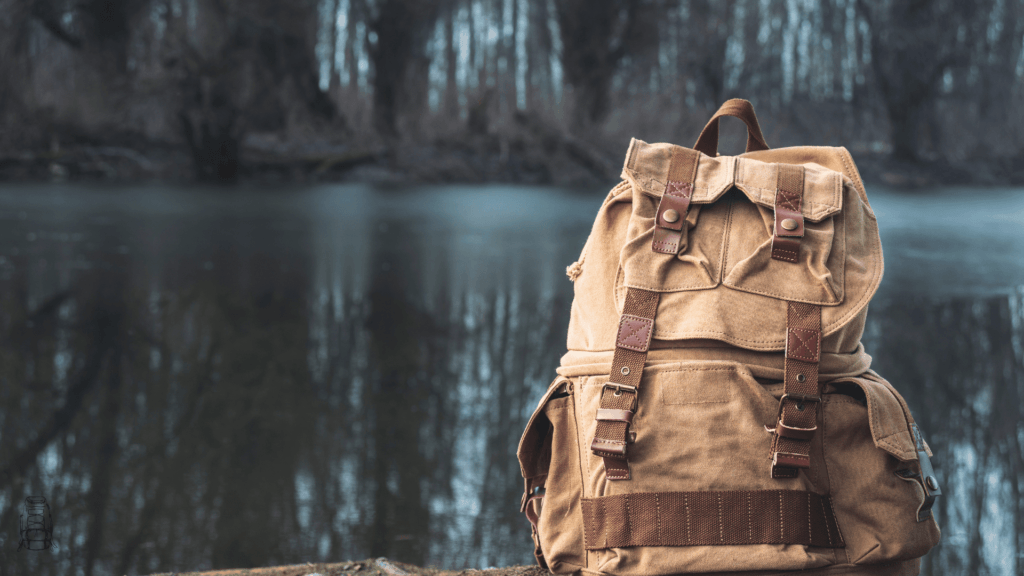
1. Sturdy Backpack
Starting out at number on on the list of 10 must-have items for your backpacking trip is a sturdy backpack. Your backpack is your lifeline on a backpacking trip. It should be durable, comfortable, and spacious enough to hold all your essentials. Look for features like padded shoulder straps, a supportive waist belt, and multiple compartments for organization.
Choosing the Right Size and Fit
When selecting a backpack, consider the length of your trip and the amount of gear you plan to carry. For a multi-day trip, a 50-70 liter backpack is typically sufficient. Ensure the pack fits your torso length and is comfortable to wear for long periods. Adjustable straps and a padded hip belt can help distribute the weight evenly and reduce strain on your shoulders and back.
Features to Look For
- Compartments: Multiple compartments help keep your gear organized and easily accessible.
- Hydration Compatibility: A built-in sleeve for a hydration reservoir can be very convenient.
- Weather Resistance: Opt for a pack made from water-resistant materials or invest in a rain cover to protect your gear from the elements.
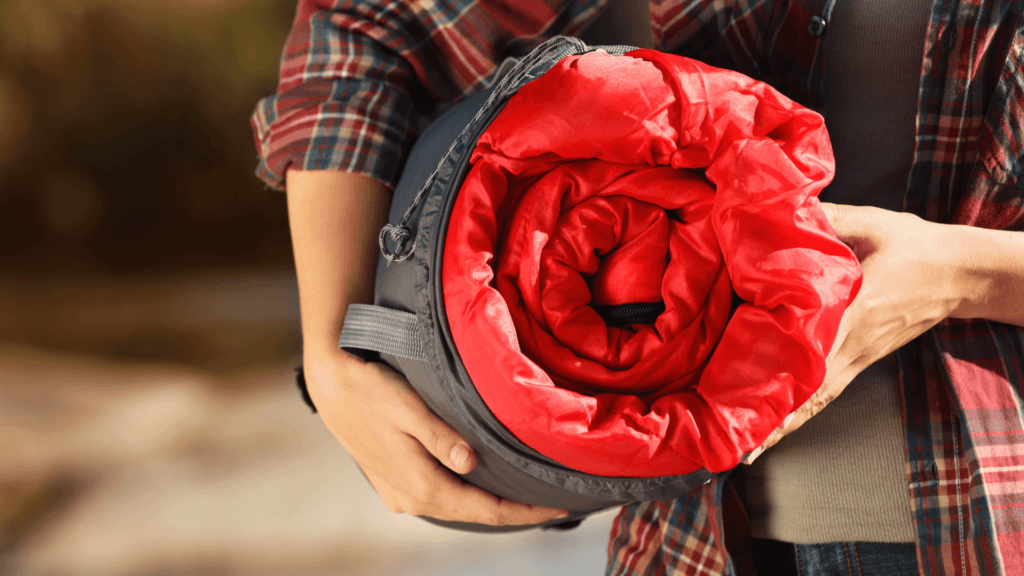
2. Quality Sleeping Bag
A good night’s sleep is crucial when you’re on the trail. Invest in a high-quality sleeping bag that suits the climate of your destination. For colder environments, opt for a bag with a lower temperature rating. For warmer climates, a lightweight, breathable bag will do.
Types of Sleeping Bags
- Down vs. Synthetic: Down sleeping bags are lightweight and compressible, making them ideal for backpacking. However, they lose insulating properties when wet. Synthetic bags are heavier but retain warmth even when damp.
- Temperature Rating: Choose a sleeping bag with a temperature rating that matches the coldest conditions you expect to encounter.
Additional Considerations
- Weight and Packability: Ensure your sleeping bag is lightweight and compresses easily to save space in your backpack.
- Shape and Size: Mummy bags offer better heat retention but can feel restrictive, while rectangular bags provide more room to move.
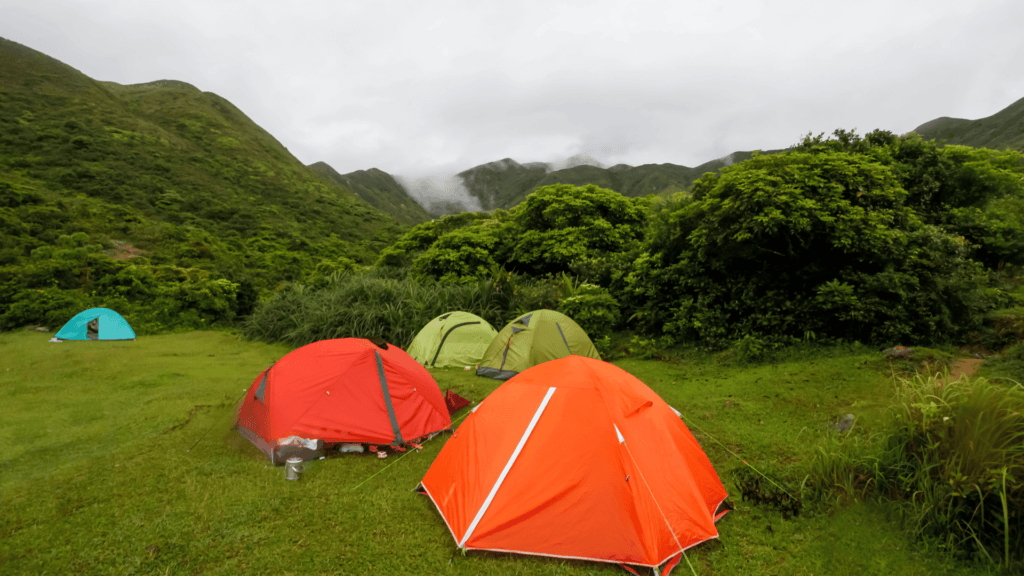
3. Lightweight Tent
Your tent is your shelter from the elements. Choose a lightweight, easy-to-set-up tent that can withstand wind and rain. Make sure it has good ventilation and enough space for you and your gear.
Types of Tents
- Freestanding vs. Non-Freestanding: Freestanding tents are easier to set up and move around, while non-freestanding tents require staking and are often lighter.
- Season Rating: A three-season tent is suitable for most conditions, offering a balance of weight and weather protection. For winter conditions, a four-season tent is necessary.
Features to Consider
- Weight: The lighter, the better, but ensure it still offers adequate protection and space.
- Ventilation: Look for tents with mesh panels and ventilation options to reduce condensation.
- Ease of Setup: Practice setting up your tent before your trip to ensure you can do it quickly in the field.
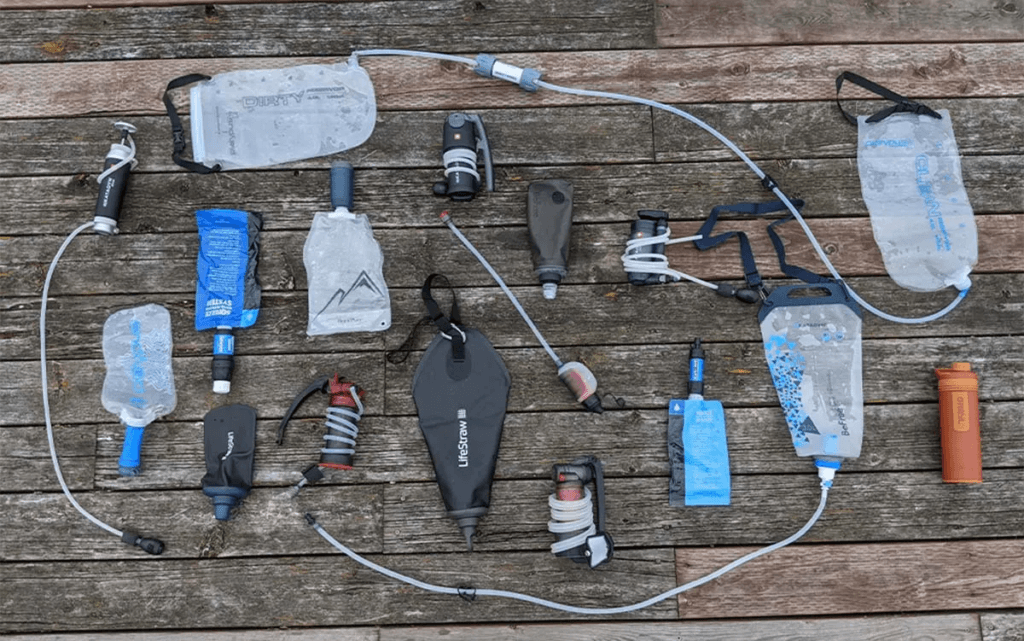
4. Water Filtration System
Clean drinking water is a necessity. A portable water filtration system allows you to safely drink from natural sources like rivers and streams. This reduces the need to carry large amounts of water and ensures you stay hydrated throughout your trip.
Types of Water Filtration Systems
- Pump Filters: Effective but can be bulky and require manual effort.
- Gravity Filters: Easy to use and good for filtering large quantities of water, but slower than pumps.
- Squeeze Filters: Lightweight and compact, perfect for individual use.
- UV Purifiers: Use ultraviolet light to kill pathogens, fast and lightweight, but require batteries.
- Chemical Purifiers: Tablets or drops that kill bacteria and viruses, lightweight but can leave an aftertaste.
Tips for Use
- Pre-Filter: Use a bandana or coffee filter to remove large debris before using your main filter.
- Regular Maintenance: Clean and dry your filter after each use to prevent contamination and prolong its life.
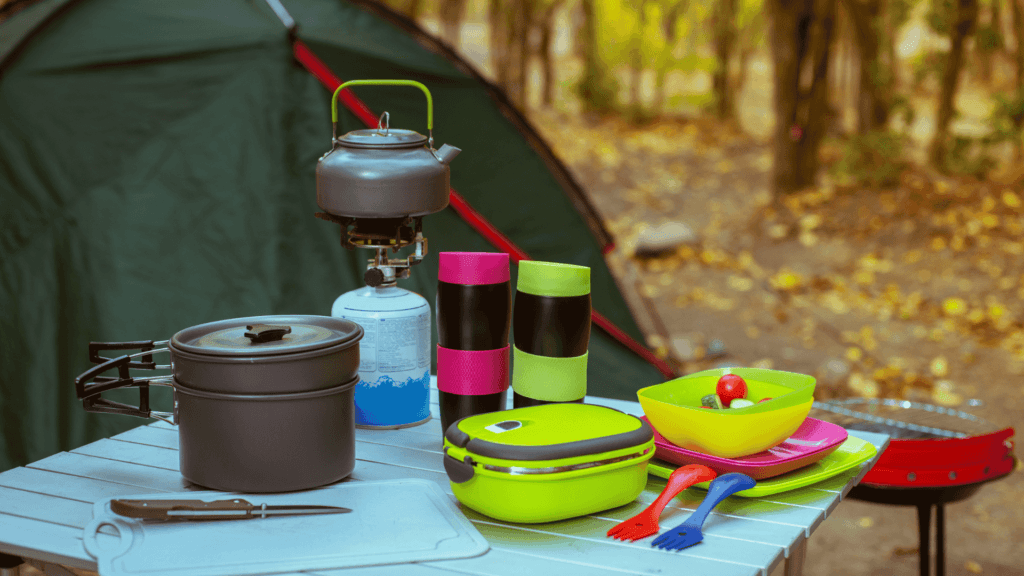
5. Cooking Gear and Food
Eating well on the trail is important for maintaining energy levels. Pack a lightweight camping stove, fuel, and compact cooking utensils. Plan your meals ahead of time and bring non-perishable, high-energy foods like nuts, dried fruits, and dehydrated meals.
Cooking Gear Essentials
- Camping Stove: Compact and efficient, with options like canister stoves, liquid fuel stoves, and solid fuel stoves.
- Cookware: Lightweight pots and pans, ideally with nesting features to save space.
- Utensils: A spork, folding knife, and lightweight cutting board can be very useful.
- Fuel: Ensure you bring enough fuel for the duration of your trip, plus a little extra for emergencies.
Food Planning
- Breakfast: Instant oatmeal, granola, and energy bars.
- Lunch: Tortillas with peanut butter, cheese, and salami.
- Dinner: Dehydrated meals, pasta, and rice dishes.
- Snacks: Trail mix, nuts, dried fruits, and jerky.
- Hydration: Carry electrolyte tablets to add to your water for replenishing lost minerals.
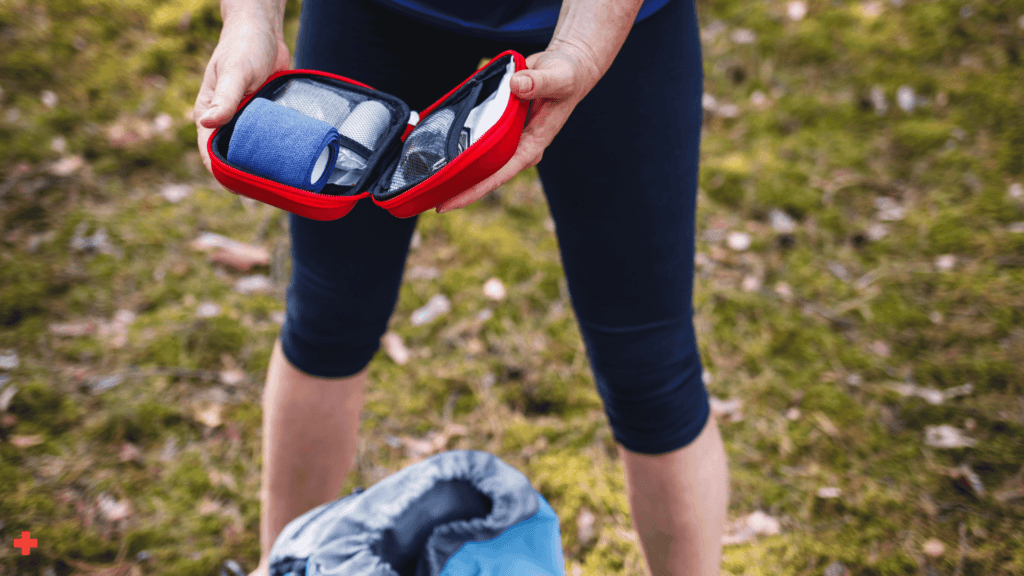
6. First Aid Kit
We are halfway through the 10 must-have items for your backpacking trip. The sixth item in our list is a first aid kit. Accidents happen, and a well-stocked first aid kit can be a lifesaver. Include items like bandages, antiseptics, pain relievers, and any personal medications. Knowing basic first aid can also be incredibly useful.
Essential Items
- Bandages and Gauze: For cuts, scrapes, and blisters.
- Antiseptic Wipes and Creams: To clean and protect wounds.
- Pain Relievers: Such as ibuprofen or acetaminophen.
- Tweezers and Scissors: For removing splinters and cutting tape or gauze.
- Medical Tape and Elastic Bandages: For sprains and securing bandages.
- Personal Medications: Any prescription medications you need, in their original containers.
Additional Tips
- Emergency Blanket: Lightweight and can prevent hypothermia.
- CPR Mask: For safe mouth-to-mouth resuscitation.
- Instruction Manual: A small first aid guide can be very helpful in an emergency.
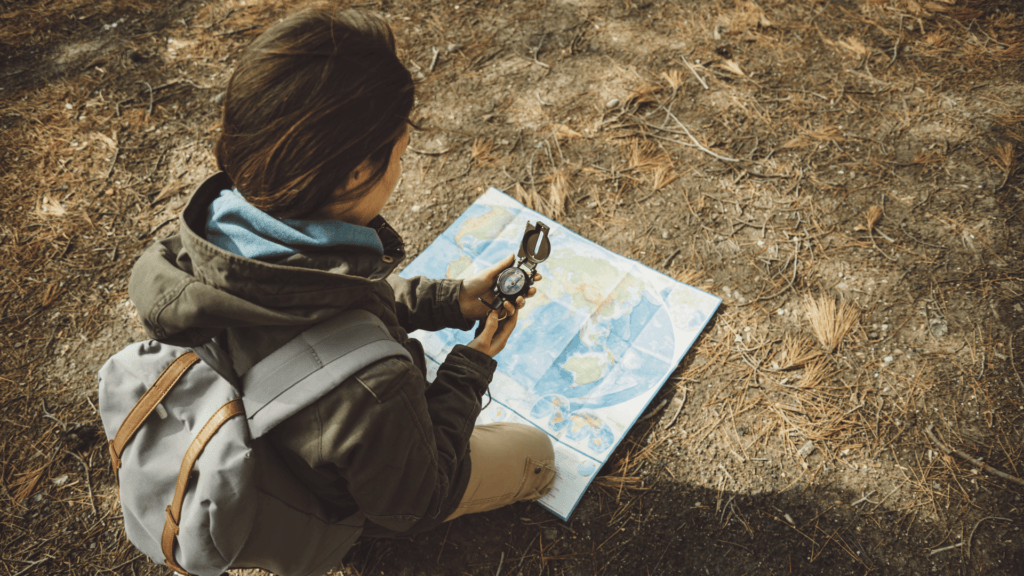
Getting lost in the wilderness is a risk you don’t want to take. Bring a reliable map, compass, and GPS device. Familiarize yourself with your route and have a backup plan in case of unexpected changes.
- Topographic Map: Detailed maps showing terrain features, trails, and landmarks.
- Compass: Learn how to use it properly to navigate without electronic devices.
- GPS Device: Handy for precise location tracking and route planning, but reliant on batteries.
- Altimeter Watch: Useful for determining elevation and tracking your progress.
- Pre-Trip Planning: Study your route, mark important waypoints, and note potential hazards.
- Regular Checks: Frequently check your position to ensure you’re on the right path.
- Backup Plans: Have alternative routes or exit strategies in case of unexpected obstacles.
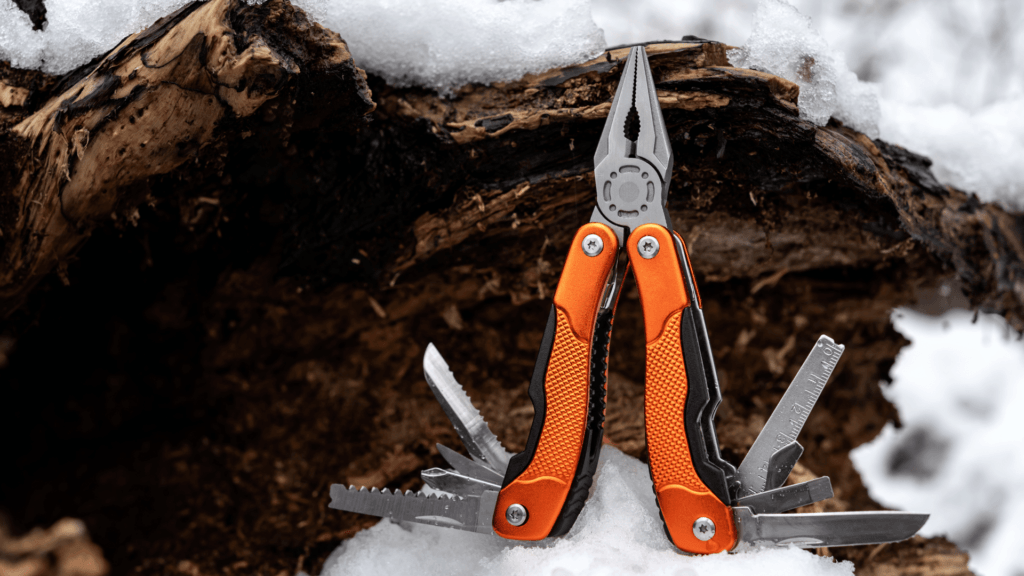
8. Multi-Tool or Knife
A multi-tool or a sturdy knife is incredibly versatile and can assist with a variety of tasks, from preparing food to making repairs. Look for a high-quality tool that includes features like pliers, scissors, and a can opener.
Types of Multi-Tools
- Swiss Army Knives: Compact and multifunctional with tools like blades, scissors, and screwdrivers.
- Leatherman Tools: Robust and versatile, often including pliers, wire cutters, and saws.
- Folding Knives: Simple and durable, essential for cutting and slicing.
Uses on the Trail
- Food Preparation: Cutting, slicing, and peeling.
- Gear Repairs: Fixing broken straps, zippers, and other equipment.
- Emergency Situations: Building shelters, starting fires, and self-defense.
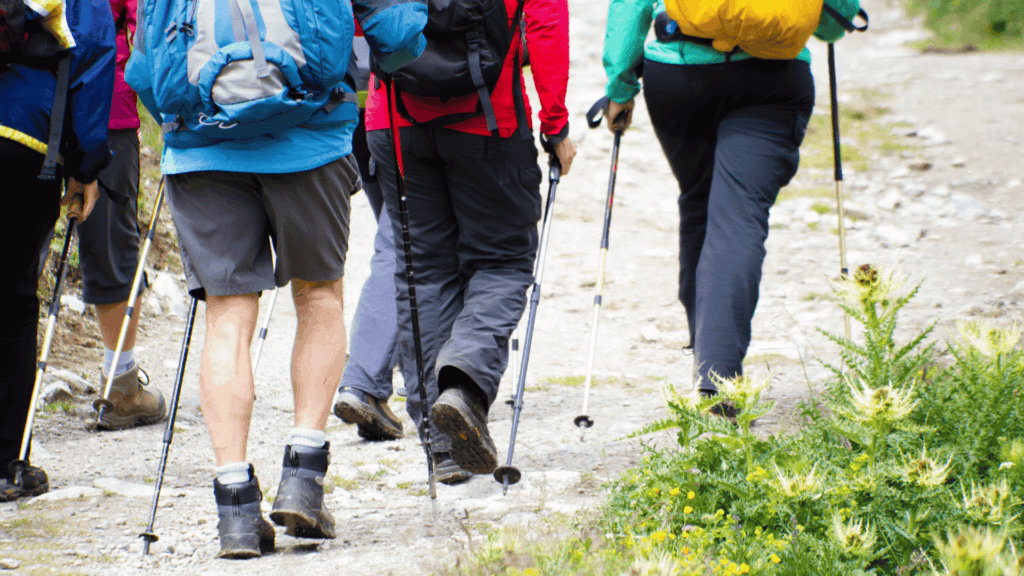
9. Clothing for All Weather
Weather conditions can change rapidly. Pack clothing that can be layered to adjust to different temperatures. Include waterproof and windproof outer layers, insulating mid-layers, and moisture-wicking base layers. Don’t forget a hat, gloves, and extra socks.
Layering System
- Base Layer: Moisture-wicking fabrics like merino wool or synthetic materials to keep you dry.
- Mid Layer: Insulating layers such as fleece or down jackets to retain body heat.
- Outer Layer: Waterproof and windproof jackets and pants to protect against the elements.
Additional Clothing Items
- Hats and Gloves: For warmth in cold conditions.
- Extra Socks and Underwear: Keeping dry and comfortable.
- Gaiters: To keep debris and water out of your boots.
Packing Tips
- Versatility: Choose clothing that can serve multiple purposes.
- Lightweight and Compact: Prioritize items that pack down small and add minimal weight.
- Fast Drying: Quick-dry fabrics are ideal for wet conditions.
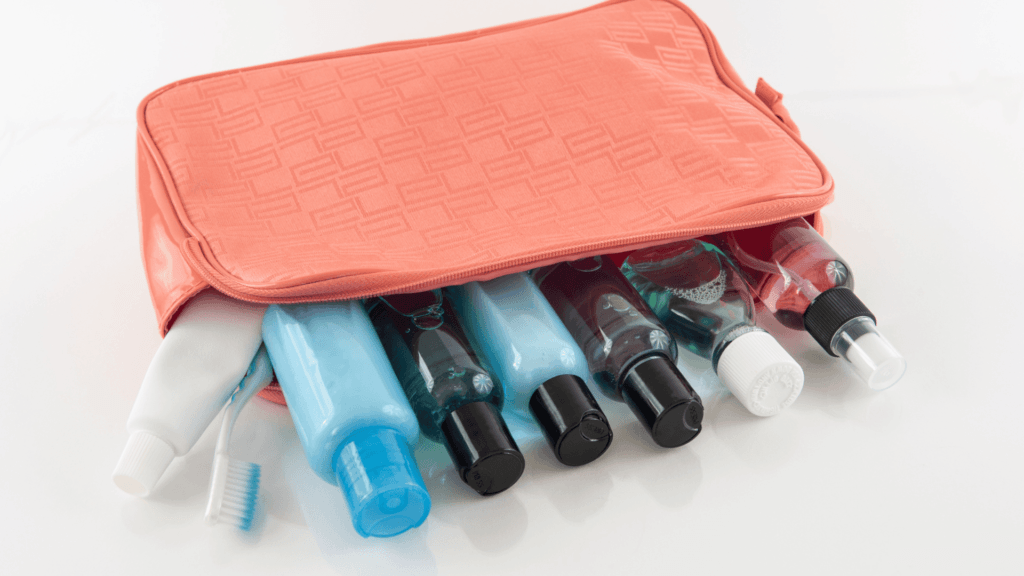
10. Personal Hygiene Items
Finally, the last of the 10 must-have items for your backpacking Trip. Staying clean on the trail helps prevent illness and boosts morale. Bring biodegradable soap, a quick-dry towel, toothbrush and toothpaste, and other personal hygiene essentials. A small trowel for digging cat holes is also useful for responsible waste disposal.
Essential Hygiene Items
- Biodegradable Soap: For washing yourself and your dishes without harming the environment.
- Quick-Dry Towel: Lightweight and packs down small, dries quickly after use.
- Toothbrush and Toothpaste: Small and travel-sized for convenience.
- Hand Sanitizer: For quick hand cleaning when water is scarce.
- Trowel: For digging cat holes to bury human waste responsibly.
Hygiene Tips
- Regular Cleaning: Maintain cleanliness to prevent infections and maintain comfort.
- Proper Waste Disposal: Follow Leave No Trace principles to protect the environment.
- Foot Care: Keep feet dry and clean to prevent blisters and infections.
Related read: What’s In My Pack with Super-Thru-Hiker Lyla “Sugar” Harrod
10 Must-Have Items for Your Backpacking Trip FAQs:
What size backpack should I use for a backpacking trip?
For a multi-day trip, a 50-70 liter backpack is typically sufficient. This size allows you to carry all your essentials without overloading.
How do I choose the right sleeping bag?
Consider the temperature rating, insulation type (down or synthetic), and the bag’s weight. Choose a sleeping bag that matches the lowest temperatures you expect to encounter.
What’s the best way to purify water while backpacking?
Portable water filters, UV purifiers, and chemical tablets are all effective methods. Each has its pros and cons, so choose based on your destination and personal preference.
How can I keep my food safe from animals?
Use bear-proof containers or hang your food in a tree away from your campsite. Always store food securely to avoid attracting wildlife.
What should I include in a first aid kit for backpacking?
Bandages, antiseptics, pain relievers, tweezers, medical tape, and personal medications are essential. Customize your kit based on your health needs and the nature of your trip.
Why is layering important for clothing?
Layering allows you to adjust your clothing to match the weather conditions. It helps regulate your body temperature and keeps you comfortable in varying climates.
Conclusion
Packing for a backpacking trip requires careful planning and consideration. By including these 10 must-have items for your backpacking trip, you’ll be well-prepared for a safe, enjoyable, and memorable adventure. Whether you’re a seasoned backpacker or a first-timer, having the right gear ensures you can fully embrace the experience and face any challenges that come your way.
Where will your next adventure take you next? Let us know in the comment section below! We always love to hear how our articles have helped you explore and get OutDoorsy More.

